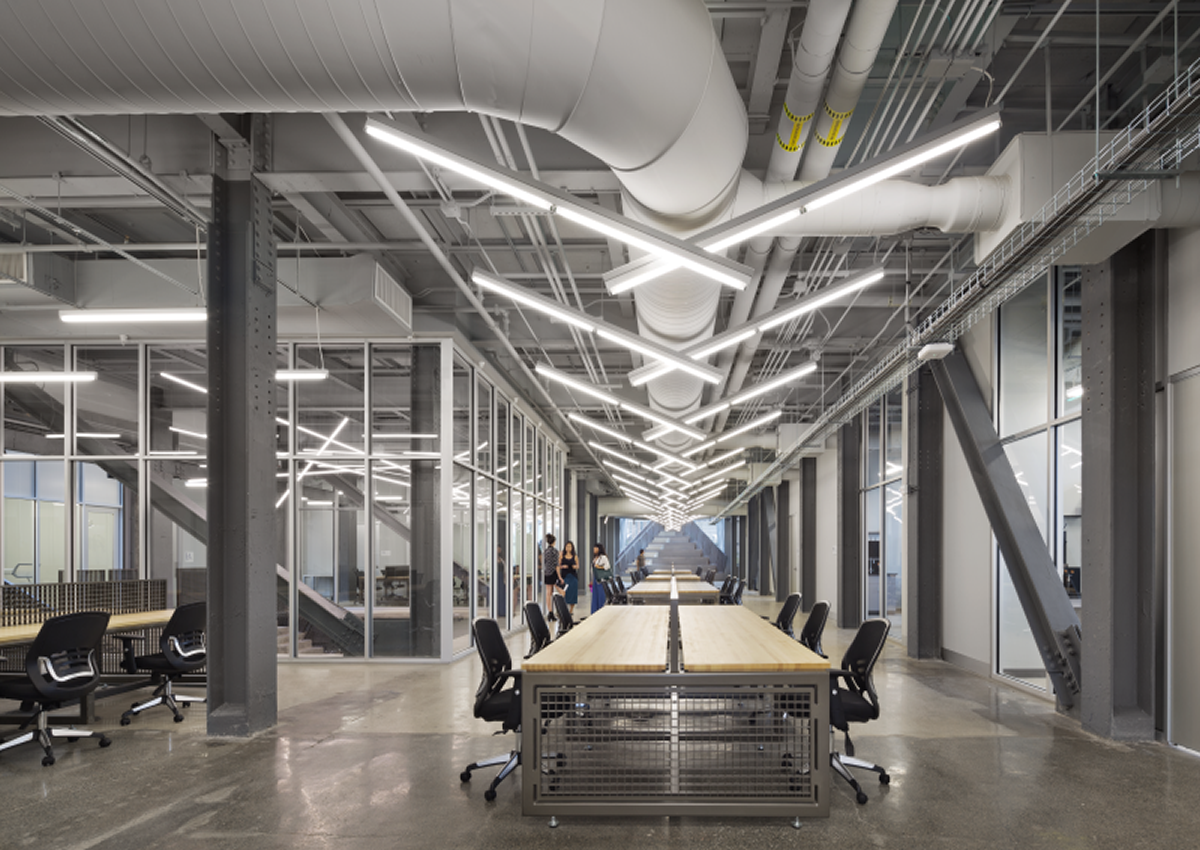Bakery and snack production environments rely on air handling units to distribute the cooled and heated air throughout the building.

MEP Design for mixed-use structures, joining at least two uses into a solitary design, can see parking structures, condos, shops, eateries, and others meet up under one rooftop. This brings an expanded chance for multipurpose structures to profit from mechanical, electrical, and plumbing (MEP) designing skills.
What MEP (Mechanical, Electrical, Plumbing) Means in the Construction and HVAC Industry
In light of thermodynamic, liquid mechanics, and warmth move standards, warming, ventilation, and cooling (HVAC) frameworks fall under the umbrella of mechanical designing. Central air is a basic component of private, business, and blended-use structures. Pipe size, air ventilation, heat exchangers, gathering units, and so forth all are important for your HVAC framework.
MEP in the development and HVAC industry alludes to the MEP Engineering for mixed-use, electrical, and plumbing (MEP) parts of building development and planning. MEP is broadly utilized in business structures.
An MEP engineer is essential for the group and is liable for the science and craft of preparation, planning, and dealing with a structure’s MEP Design for mixed-use framework, adding to dynamic, cost assessment, development organization, documentation, building the executives, and building support plans.
On account of its control of a structure’s “common luxuries,” i.e., having the obligation regarding guaranteeing an agreeable climate for tenants, a structure’s MEP frameworks are regularly alluded to as the structure’s “focal sensory system.”

As a rule, blended-use structures are typically situated in denser pieces of a city, permitting occupants to live closer to their work and sporting exercises, frequently diminishing reliance on vehicles for admittance to areas or occasions. With fewer vehicles yet more foot and bike traffic, blended-use structures can offer a few advantages. In any case, there are additionally some special difficulties, including:
At whatever point you consolidate multi-client tenants in an MEP Engineering for a mixed-use structure, security turns into a significant issue. (Consider eatery clients who ought to be limited from getting to private units on higher floors.) Ensuring that all structure inhabitants’ special wellbeing and security needs are met requires beginning phase configuration arranging and dynamic.
Secluding clamor and guaranteeing it doesn’t leak starting with one space and then onto the next is difficult for MEP Design for mixed-use structures. While a larger part of inhabitants and visitors anticipate a specific measure of commotion, downplaying clamor levels is essential to everybody’s solace.
Cafés, retail, and other help-based organizations can deliver a lot of trash, waste, and reusing — and all of that produces extra scents for building inhabitants, occupants, and visitors. This can be particularly evident if the trash region is near the structure. A dumpster far away—and fragrance—from building tenants can assist with combatting undesirable scents that may somehow or another infiltrate higher floor units.
Mixed-use structures can confront extra difficulties, including stopping, space restrictions, expanded contamination, and others. While each undertaking is interesting and conveys project-explicit issues, these can frequently be defeated during the planning cycle and by causing changes before they become issues.
A coordinated MEP Design for mixed-use designing methodology yields preferable outcomes over making each building framework in separation when planning blended-use building frameworks. Associations between building frameworks can be particularly difficult to organize with a segregated plan measure.
At the point when a structural framework is planned autonomously of different frameworks, it can tighten up costs and create superfluous setbacks. Expensive hardware, area clashes, and other similarity issues can frequently stay away when working with MEP specialists to plan and make blended-use structures.

Air conditioning
Energy protection plans, including the execution of harmless to the ecosystem, rehearse, further developed solace for building inhabitants, and further developed indoor air quality (IAQ), are on the whole regions profiting from MEP input.
Lighting
Indoor lighting represents over 10% of all power utilized in the United States and can likewise be the wellspring of huge energy misfortune. An MEP specialist can configure MEP Design for mixed-use lighting frameworks and computerization strategies the decrease lighting-related energy misfortune. Techniques can pull from regular sunlight protection procedures notwithstanding keen light sensors to establish an indoor climate working with the most extreme effectiveness.
Plumbing
An MEP specialist can distinguish water preservation techniques and configuration to make structures more financially savvy as well as to further develop effectiveness for proprietors through economical fire concealment, drinking water, tempest, water system, and wastewater framework plans.
Energy effectiveness
Notwithstanding HVAC, an MEP designer can offer systems that advantage generally energy protection, including green and savvy building rehearsals, just as plan methods to screen and further develop a structure’s by and large functional presentation levels.
An MEP engineer with admittance to exact plan data through building data displaying (BIM), can bring about an extremely effective structure measure with less on location issues while delivering an ideal framework plan.

BIM permits architects to make three-dimensional models of tasks, considering gear and materials, to additionally decrease invades or impromptu spending. For more data concerning how MEP specialists can plan and make MEP designs for mixed-use structures.
About Author
InnoDez